Did you know that a recent survey found that nearly 60% of drivers don’t know how to change a flat tire? That’s a surprising number, considering how common flat tires can be.
How to replace the wheel on your wh...
Please enable JavaScript
How to replace the wheel on your wheelbarrow?
How Many Times Can You Use A Spare Tire?
You can use a spare tire many times if it is still in good condition. After using a temporary spare, check it for wear or damage before storing it for future use.Remember that donut spares are not meant for long-term use or high-speed driving, so replace your damaged tire with a regular one as soon as possible.
In this article, we’ll guide you through the ins and outs of spare tires – those trusty lifesavers that can save your day when you’re facing a flat tire. You’ll discover the different types of spare tires, when and how to use them, and even some helpful tips to maintain them properly.
Let’s take a closer look.
Donut Spare Tire ExampleWhen it comes to spares, there are a few different types you might find in the trunk of your car or truck. Knowing the differences between them can help you be prepared for those unexpected flat tire situations.
Let’s dive into the three main types of spare tires you might come across:
Full-size spares come in two varieties: ‘normal’ full-size spares and full-size temporary spares. A ‘normal’ full-size spare is just like the other tires on your car or truck. It’s the same size and shape and can be used just like a regular tire.
You might see these on the back of some off-road vehicles like Jeeps. These spares are great because you can drive on them without any restrictions, but they can be a bit heavier and take up more room in your trunk.
On the other hand, a full-size temporary spare is still the same rolling diameter as the normal tires on your vehicle, but it’s not meant for long-term use. These temporary tires are lighter and less durable than regular full-size tires, which makes them great for short-term fixes until you can get your regular tire repaired or replaced.
These temporary tires are lighter and less durable than regular full-size tires, which makes them great for short-term fixes until you can get your regular tire repaired or replaced.
They may have some usage restrictions, similar to donut spares, but they offer better stability and performance than a donut spare.Some Vehicles Come With Full-Size Matching Spares
A donut spare, also known as a compact spare tire, is a smaller, lighter version of a regular tire. It’s super handy because it takes up less space in your trunk, but it’s not meant for long drives. These spares are designed to get you to the nearest tire shop or service station to have your regular tire fixed or replaced.
Remember, donuts should only be used for a short distance and at a slower speed. Another type of compact spare is the collapsible spare, which needs to be inflated before use. These are even more space-saving, but they might require a bit more effort to get ready for use. Compact Spare Tire Example
Compact Spare Tire Example
Run-flat tires are pretty cool because they can keep working even if they have a puncture. They have a special design that allows you to drive on them for a limited distance at a reduced speed, even if they lose air pressure.
While run-flats aren’t really spare tires, they’re an alternative to having a spare in your vehicle. The pros of run-flat tires are that they save space and can be more convenient in case of a puncture. However, the cons include that they’re often more expensive than regular tires, can be harder to find, and may give you a rougher ride.Self Supporting Run Flat Tire Illustration
Depending on the type of spare you have, there might be some rules about how fast you can drive and how far you can go. If you’re using a donut or compact spare tire, you should drive at a slower speed, usually not more than 50 miles per hour (mph).
These types of spares are meant to be used for a short distance, typically around 50-70 miles. Full-size temporary spares might also have some restrictions, so be sure to check your owner’s manual or the information on the tire itself.
If you’re using a normal full-size spare, you can usually drive without any restrictions, but it’s still a good idea to get your regular tire fixed or replaced as soon as possible.
Always remember to drive carefully when using a spare tire, especially in bad weather or on rough roads. Make sure you know the type of spare you have and follow its guidelines to keep you and your passengers safe.Donut Spare Tire – Cjp24, CC BY-SA 4.0, via Wikimedia Commons
Now that we’ve discussed when to use a spare and how to do it safely, let’s answer a common question: How many times can you use one? Well, it really depends on the type of spare tire you have and how well you take care of it.
Let’s look at the different spare tire types and how many times you can use them:
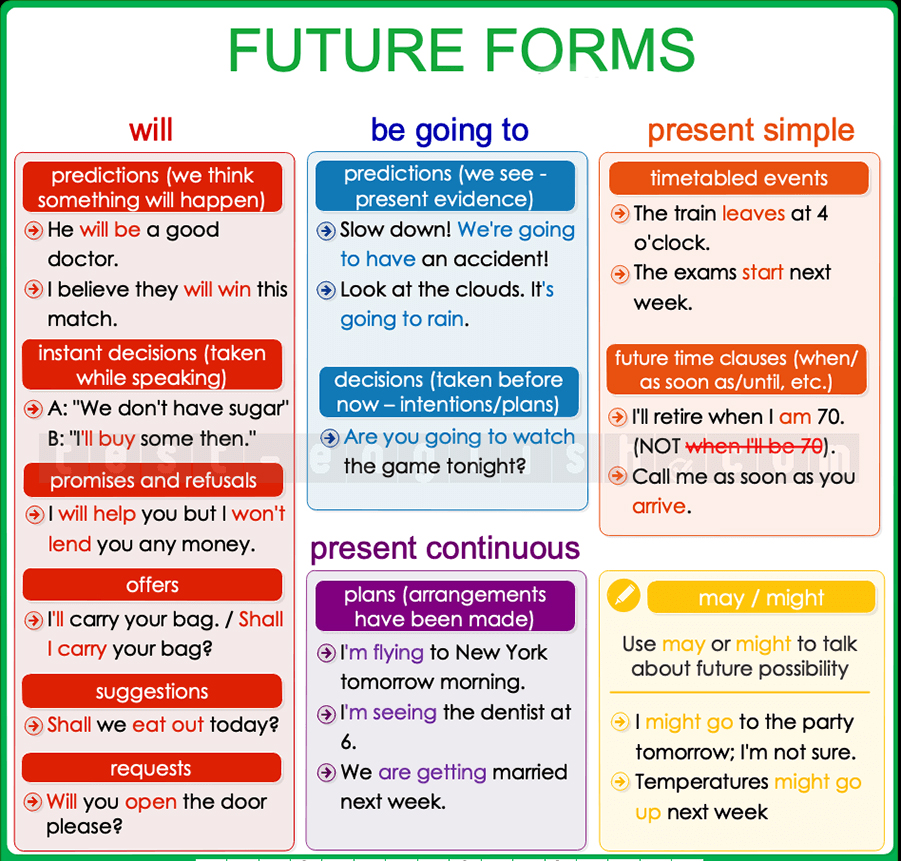 These tires can usually be repaired or replaced like regular tires, but you should always consult a tire professional to make sure it’s safe to continue using them after they’ve been punctured.
These tires can usually be repaired or replaced like regular tires, but you should always consult a tire professional to make sure it’s safe to continue using them after they’ve been punctured.No matter what type of spare tire you have, keep it in good shape by checking its air pressure, inspecting it for damage, and replacing it when needed.Uneven Tire Wear Example
Just like your regular tires, your spare needs some love and attention too. Keeping your spare in good condition means it will be ready to save the day when you need it the most.
Here are some helpful tips to make sure your spare is always in tip-top shape:
 It’s a good idea to check the air pressure every couple of months or before you go on a long road trip.
It’s a good idea to check the air pressure every couple of months or before you go on a long road trip.
By taking care of your spare tire and keeping it in good condition, you’ll be ready for any unexpected tire troubles. Remember, your spare tire is your backup plan, so treat it with the same care and attention as your regular tires.
Craftsman V20 Inflator – Portable Air Compressor
Yes, spare tires can go bad. Just like regular tires, spare tires can age and wear down over time, even if they haven’t been used much. Here are some things that can cause a spare tire to go bad:

To make sure your spare tire stays in good shape, check its air pressure regularly, keep it clean, and store it correctly in your car. Also, keep an eye on its age and replace it when needed. Dry Rot On Sidewall Example
Below are some links you may find helpful when learning about tires
Spare tires might seem like a small part of your car, but they play a crucial role in keeping you safe and getting you back on the road when faced with a flat tire. By taking good care of your spare and knowing how to use it properly, you’ll be prepared for whatever comes your way.
As the famous tire expert, Harvey Firestone once said, “The tire is the one thing between the vehicle and the road. ” So, always treat your spare tire with the same care and attention as your regular tires because you never know when you might need it to save the day.
” So, always treat your spare tire with the same care and attention as your regular tires because you never know when you might need it to save the day.
Good luck and happy motoring.
Will Creech
Will has been an automotive enthusiast since he was old enough to make engine sounds. Formerly a member of the contract training team at Discount Tire, he is unusually knowledgeable on all things related to tires. He is now the owner of and main contributor to TireGrades.com.
How many times can you reuse your spare tire? This may seem like a strange question, but it is one that a lot of people are asking these days. With the cost of gas on the rise, more and more people are looking for ways to save money. One way to do this is to reuse items that you would normally throw away.
Your spare tire is a perfect example of something that you can reuse multiple times! In this article, we will discuss the benefits of reusing your spare tire and provide some tips on how to do it safely.
To answer the question ” How many times can I reuse my spare tire”? The answer is it depends. If you take care of your spare tire and rotate it regularly, you can expect to get many years of use out of it. However, if you neglect your spare tire, it will only last a few months.
Keep reading to find out the benefits of reusing your spare tire
Please enable JavaScript
Can You Use Shoe Polish on Tires?
There are several benefits to reusing your spare tire. Here are some examples:
The most obvious benefit is that it saves you money. A new tire can be expensive, and if you can reuse your old one, it will save you a lot of money. Imagine how much money you would save if you never had to buy a new tire!
A new tire costs an average of $100. If you can reuse your old tire 20 times, that’s a savings of $2000!
Another benefit is that it reduces waste. When you throw away a tire, it goes to a landfill where it takes up space and can release harmful chemicals into the environment.
When you throw away a tire, it goes to a landfill where it takes up space and can release harmful chemicals into the environment.
A tire takes up to 1000 years to decompose because it is made from natural rubber and other synthetic materials. This means that by reusing your tire, you are helping to reduce the amount of waste in landfills.
Another benefit of reusing your spare tire is that it keeps you safe. A new tire might not be as strong as your old one, and it could fail when you need it the most. By reusing your old tire, you know that it is strong and will be able to support your car in case of an emergency.
Just like the saying the devil you know is better than the angel you don’t, the tire you know is better than the tire you don’t.
When you reuse a tire, you know its history. You know how it has been used and what kind of conditions it has been in. This can be helpful if you have had a problem with a particular brand or type of tire in the past.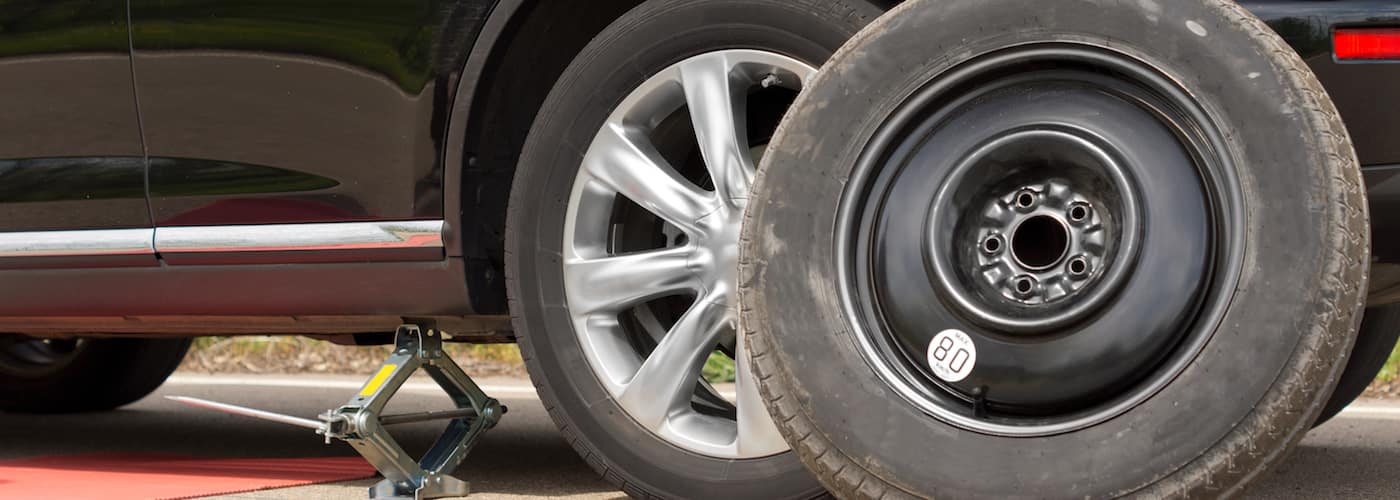 It also allows you to make an informed decision about whether or not to reuse the tire.
It also allows you to make an informed decision about whether or not to reuse the tire.
Finally, When you reuse a tire, you can often get a custom tire. This means that you can get a tire that is specifically made for your car and your driving needs. This can be helpful if you have special requirements for your tires such as off-road driving or towing.
Reusing your spare tire is a great way to save money and reduce waste. It is also better for your car and can provide you with a custom tire that is specifically made for your needs. By following these tips, you can help your spare tire last longer and be able to reuse it multiple times.
Spare tires, like other tires, will show physical signs of wear and tear which will tell you when they need to be changed. These signs are:
You can use the “penny test” to measure the tread depth of your spare tire. If the tread depth is less than ⅛ inch, then it’s time to replace the tire.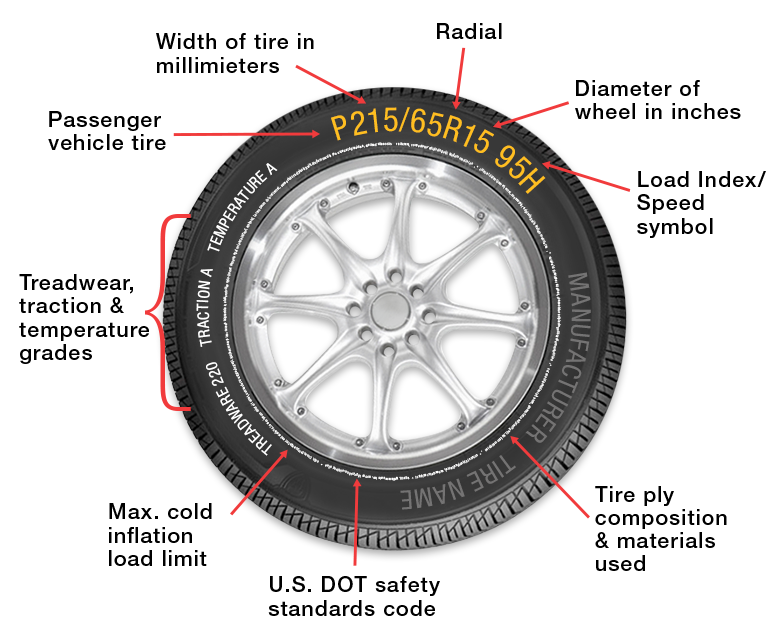 To measure the tread depth, insert a penny into the tread with Lincoln’s head pointing down. If you can see all of Lincoln’s head, then the tread depth is less than ⅛ inch and it’s time for a new tire.
To measure the tread depth, insert a penny into the tread with Lincoln’s head pointing down. If you can see all of Lincoln’s head, then the tread depth is less than ⅛ inch and it’s time for a new tire.
If you see cracks on the sidewall of your spare tire, it’s time to replace it. Cracks are mostly caused by age and exposure to the elements and can lead to a blowout. It can also be caused by driving on a spare tire that is not inflated to the proper pressure. When you notice cracks, take your car to the nearest tire shop and have them check it out.
If you see bald spots on your spare tire, it’s time to replace it. Bald spots are caused by excessive wear and tear and can lead to a blowout. This is common if you’ve driven on a spare tire that is not inflated to the proper pressure. If you see bald spots, take your car to the nearest tire shop and have them check it out.
If you see bulges or blisters on the surface of your spare tire, it’s time to replace it. This looks like the tire is swelling and could be a sign that the tire is weak and could fail while you’re driving.
This looks like the tire is swelling and could be a sign that the tire is weak and could fail while you’re driving.
Bulges or blisters can be caused by low tire pressure, impact damage, too much weight on the tire, or even a bad wheel alignment and can lead to a blowout.
If you have any of these signs on your spare tire, it’s time to replace it with a new one. Don’t wait until you get stranded on the side of the road to find out that your spare tire is no good.
If you feel excessive vibration while driving, it could be a sign that your spare tire is unbalanced or worn. When you are driving with excessive vibration. in your tire and you don’t know the source, it’s always best to get your car checked out by a mechanic.
These are just a few signs that will tell you when to change your spare tire. If you’re ever in doubt, it’s always best to consult a professional.
Here are some tips on how to take care of your spare tire so that you can reuse it multiple times:
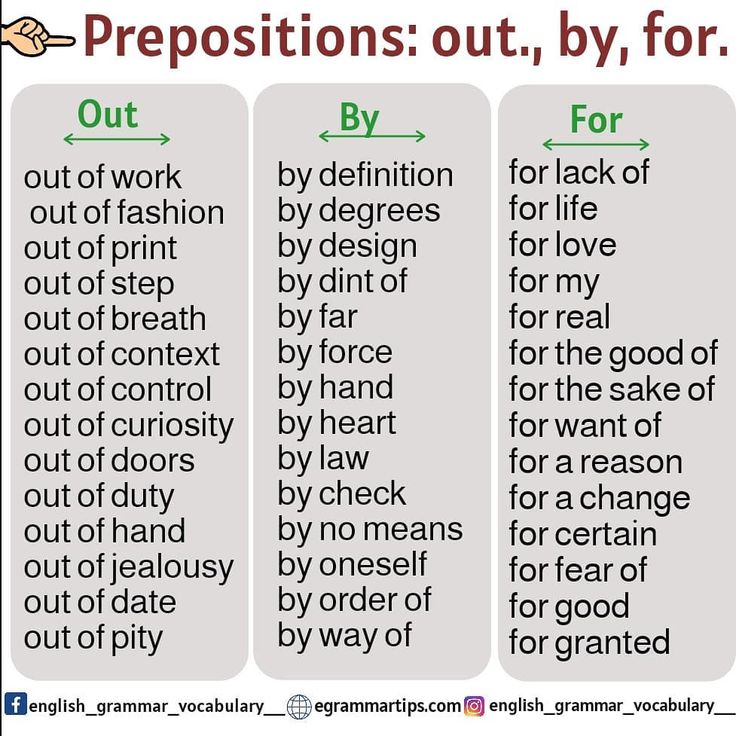 Rotate your spare tire regularly:
Rotate your spare tire regularly:The first and most important tip I would suggest is to rotate your tire. This is very important! If you don’t rotate your spare tire, it will become uneven and eventually fail. Spare tires are not designed to last forever, and your car might be unevenly balanced if you don’t rotate it.
Tire rotation should be done every few months, or at least once a year. This will ensure that your spare tire lasts as long as possible.
The second tip is to inspect your spare tire regularly. You should check the tread depth, air pressure, and condition of the tire frequently. These things will all affect how long your spare tire lasts.

You should also look for any signs of wear and tear such as cracks or bulges. If you see any damage, it is best to replace
Another tip I have for you is to store your spare tire properly. I suggest you do not store your spare tire in the trunk of your car. The heat and humidity can damage the tire and make it more likely to fail.
You should also keep it in a cool, dry place where it will not be exposed to too much sunlight or extreme temperatures. Also, keep your spare tire away from chemicals and other corrosive materials to maintain it and be able to use it again when needed.
If you overload your car, it can put a lot of stress on your spare tire and cause it to fail. Spare tires are designed to support the weight of your car, not to carry extra weight.
If you need to carry extra cargo, it is best to put it in the trunk or on a roof rack. This will take the load off of your spare tire and help it last longer.
Finally, You should drive carefully when you have a spare tire. This means avoiding potholes, speed bumps, and other obstacles that can damage your tire.
You should also avoid driving in extreme conditions such as in the snow or on icy roads. These conditions can put a lot of stress on your spare tire and cause it to fail.
By following these tips, you can help your spare tire last longer and be able to reuse it multiple times. Spare tires are an important part of your car, and by taking care of them, you can save money and keep yourself safe on the road.
It is important to take care of your spare tire so that you can reuse it multiple times. By following these tips I have mentioned, you can help your spare tire last longer and be prepared for any emergency.
How often do you check your spare tire? Do you have any tips for how to prolong the life of a spare tire? Let us know in the comments! Thanks for reading!
If the spare tire is in good condition, you can drive up to 40 miles a day for a week. Remember to drive slowly and avoid rough roads.
You should check your spare tire every time you check your other tires. This includes before long trips, after driving on rough roads, and after any impact or jarring to the tire.
The maximum speed you can drive with a spare tire is 50 mph. Remember to drive slowly and avoid rough roads.
You should not leave your car on a jack stand for more than a few hours. If you need to leave your car on a jack stand for an extended period of time, consult a professional.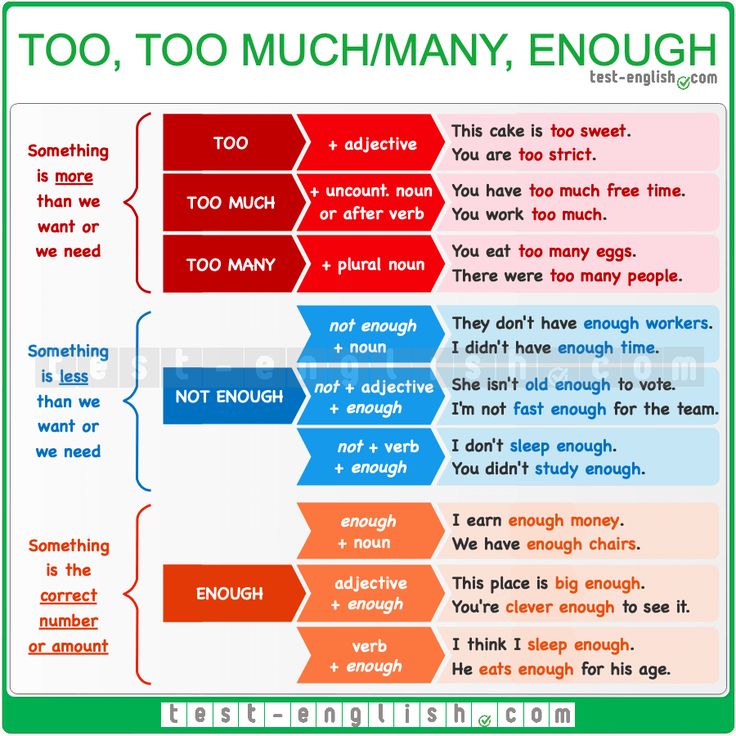
If you feel excessive vibration while driving, it could be a sign that your spare tire is unbalanced or worn. When you are driving with excessive vibration, in your tire and you don’t know the source, it’s always best to get your car checked out by a mechanic.
If the spare tire is in good condition, you can drive up to 70 miles with it. Remember to drive slowly and avoid rough roads.
You should rotate your spare tire every time you rotate your other tires. This includes before long trips, after driving on rough roads, and after any impact or jarring to the tire.
A full-size spare tire is the same size as your other tires and can be used for extended periods. A temporary spare tire is smaller than your other tires and should only be used for short distances.
Photos from open sources
In order to reduce costs in order to increase profits, many automakers have stopped putting full-fledged spares in the trunks of their cars. Their place is occupied by the so-called underwheels - "dokatki", allowing you to get to the nearest tire service. But what if there is not a soul for the next 100 kilometers? How long can you ride on a wheel-crutch, found out the portal "AvtoVzglyad".
Efim Rozkin
"Dokatka" instead of a full-fledged spare wheel today is not uncommon. This is how automakers reduce their costs while increasing profits. On the other hand, “dokatka” means less weight and smaller size. And to get to the tire fitting with the help of such a wheel-crutch is more than enough. But there are situations when you have to go to the repair shop for more than one hundred kilometers.
And here, many motorists are wondering: how long can you drive on a “dokatka” in order to be safe?
Photo from open sources
To begin with, let's figure out what a "dokatka" is.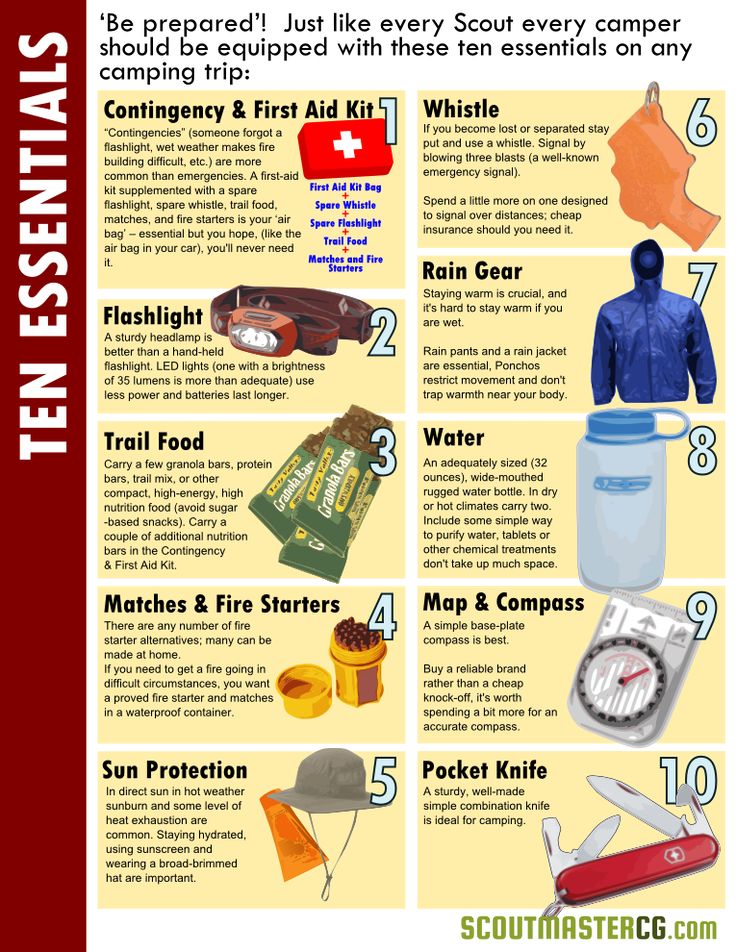 And this is actually a spare wheel, but the size of the stamped disk and the tire itself, put on it, is different from the impellers installed on the car. You can find a "dokatka" in the models of European automakers. They, instead of at least some kind of spare wheel, may even have a repair kit. What can not be said about Asian brands. These complete their cars with a full-fledged “reserve”, which is much more preferable in our latitudes and with our quality of the roadway.
And this is actually a spare wheel, but the size of the stamped disk and the tire itself, put on it, is different from the impellers installed on the car. You can find a "dokatka" in the models of European automakers. They, instead of at least some kind of spare wheel, may even have a repair kit. What can not be said about Asian brands. These complete their cars with a full-fledged “reserve”, which is much more preferable in our latitudes and with our quality of the roadway.
However, whatever the spare tire, it is always summer. If one wheel is pierced on your car and it needs repair, then any wheel lying in the trunk (unless, of course, you change it for the winter) is a “dock”. Believe me, it will not be difficult for you to see the difference in the behavior of a car on three winter wheels and one summer one, no matter what your level of driving training is. Actually, therefore, it is recommended to install the “dokatka” on the rear axle. And in winter, this rule is categorical, even despite the fact that you have to tinker, throwing the wheels from front to back.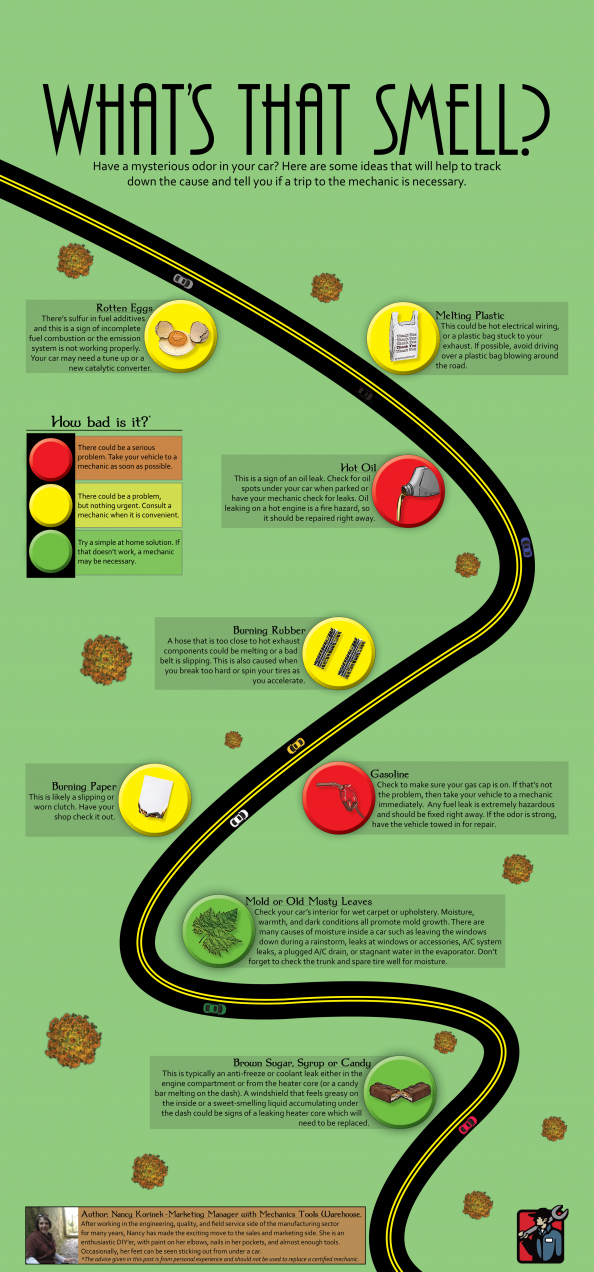
Photo: AvtoVzglyad
And now about how much you can drive on the "dokatka". Let's take a closer look at it first. A thin underwheel has a smaller grip area in the tire contact patch with the road; a different, by no means effective protector; The dokatka is not as strong as a regular tire, and wears out rather quickly (savings again).
All these shortcomings, of course, affect the controllability, and the consumption, and the decrease in braking efficiency, and negatively on the suspension of the car, which is most important, on the safety of both the driver and other road users. And that is why the speed at which its use is permissible is always written on the wheel-crutch. As a rule it is 50-80 km/h. Which is quite enough to get to the nearest service station.
As for distances, if you follow the rules for the safe use of the “stowaway”, you can drive on it for more than a dozen, and even, if the situation requires it, a hundred kilometers.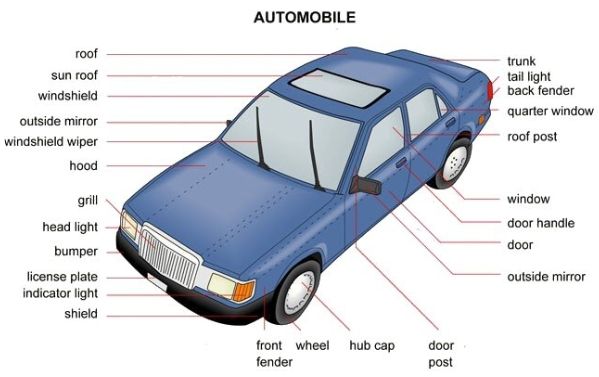 However, you should always monitor the condition of the wheel, avoid exceeding the speed limit indicated on it, do not recklessly and remember that this skinny wheel in your trunk is for temporary use only.
However, you should always monitor the condition of the wheel, avoid exceeding the speed limit indicated on it, do not recklessly and remember that this skinny wheel in your trunk is for temporary use only.
However, the best option would be to replace the "stowaway" with a full-fledged spare wheel. In this case, the driver's headache will be much less. The main thing, when changing tires, do not forget to include the “spare wheel” in the rotation so that it does not turn out that the four wheels on your car are worn out and worn, but what is in the trunk is in perfect condition.
Choosing the best Japanese crossover
43509
Subscribe to the channel "Auto View":
traffic safety, wheels, summer tires, off-road, tires, wheels, winter tires, road, track, life hack, tire fitting
Spare tires are a useful safety net, but most are not designed to replace a flat tire indefinitely.
Not all spare tires are the same, and to better understand which spare tire your vehicle is equipped with, please refer to your vehicle owner's manual. Temporary spare tires generally do not have the life expectancy that regular tires do. Unlike a normal car tyre, spare tires can only have one polyester ply in the sidewall and two steel belts with a ply of polyester in the tread, meaning they can't provide half the performance and safety that an average tire can provide.
In this article we will try to describe all types of spare wheels available, and tell you how long you can drive on each of them.
These little spare tires are commonly referred to as donuts or space savers. They are very popular because they are lightweight and do not take up much space in the luggage compartment of your car. Due to the low weight, even a person who is not at all predisposed to physical activity will not find it difficult to lift and install such a spare wheel. By the way, how to do it in the field, without the help of specialists, read here.
By the way, how to do it in the field, without the help of specialists, read here.
However, because the "doughnuts " are smaller and lighter, they lack two key features of conventional tires: strength and stability. Most of these spare tires have a speed limit of up to 90 km/h. With such a spare tire, you can expect to cover a distance of 80 km, some of them can cover up to 110 km. This should be enough to find the nearest tire shop and fix the damaged tire, or find a shop where you can buy a brand new tire if the previous one is no longer repairable.
From the above, we can conclude that the donut spare wheel is not recommended for long trips or pulling with its replacement with a normal, standard wheel.
Some car manufacturers fit their vehicles with full size spare tires. They are, of course, heavier than space savers and take up much more space in the trunk, but they are more durable and durable. They are able to last you much longer than donuts. However, these tires may have a different tread pattern or rubber compound than a conventional tire. This can affect overall handling and safety on the road.
They are able to last you much longer than donuts. However, these tires may have a different tread pattern or rubber compound than a conventional tire. This can affect overall handling and safety on the road.
Although these tires are more durable, they are primarily designed to get you to your destination before you deal with the tire problem. In addition, do not forget that the place for the spare wheel in the car is empty, and it should be filled as soon as possible before another tire is punctured.
If you do not have a spare tire in your vehicle, then your vehicle may be equipped with run-flat tires. BMW and MINI typically install these tires during production. This type of tire is tougher than other tires and can withstand a puncture and keep going. However, they are also not designed to be ridden forever.
Most run-flat tires recommend replacing as soon as you notice a puncture. As a rule, they are designed for a distance of up to 100 km in a punctured state, then they must be replaced.